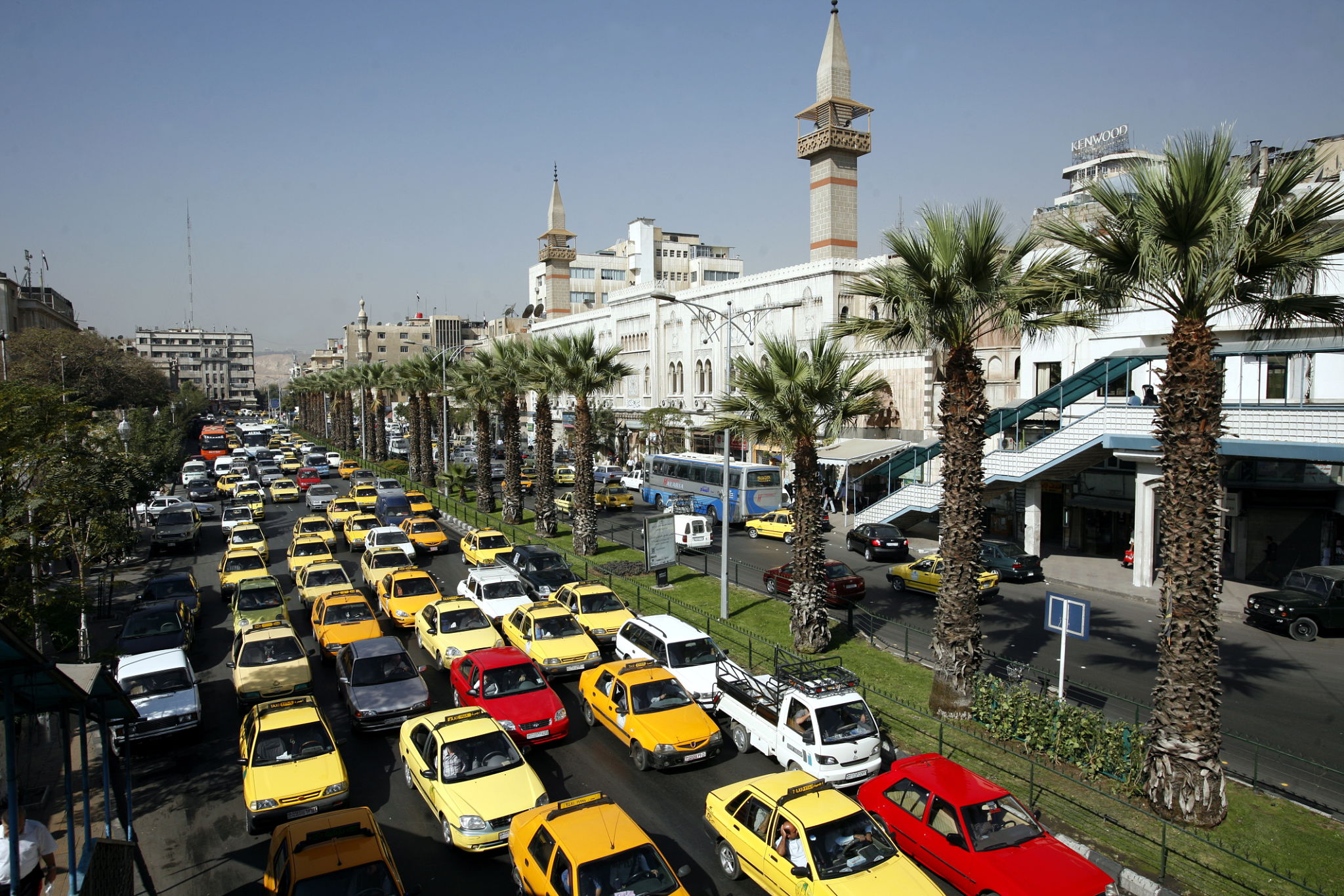Case Study: Successful Traffic Management Strategies in Damascus
Overview of Traffic Challenges in Damascus
Damascus, one of the oldest continuously inhabited cities in the world, faces significant transportation challenges due to its dense population and historic urban layout. The city's narrow streets, combined with a high number of vehicles, result in frequent traffic congestion. However, recent efforts in implementing effective traffic management strategies have shown promising results.

Implementing Intelligent Traffic Systems
One of the key strategies employed in Damascus is the adoption of intelligent traffic systems (ITS). These systems use technology to monitor and control traffic flow, reducing congestion and improving travel times. By implementing advanced traffic signal controls and real-time data analysis, authorities can optimize traffic patterns based on current conditions.
The ITS approach in Damascus includes the use of sensors and cameras to gather data on vehicle movements. This information is then processed to adjust signal timings dynamically, ensuring smoother traffic flow during peak hours. Such systems have been instrumental in reducing delays and enhancing the overall efficiency of the transportation network.
Enhancing Public Transportation
Another significant strategy involves improving public transportation options to reduce the dependency on private vehicles. The expansion and modernization of bus services have been critical in achieving this goal. Damascus has introduced new bus routes and increased the frequency of services to cater to the growing demand for public transport.

This enhancement not only provides a viable alternative for commuters but also helps in decongesting the roads. By promoting public transportation, the city aims to decrease the number of cars on the road, leading to less traffic and lower emissions.
Promoting Non-Motorized Transport
Encouraging non-motorized forms of transport such as walking and cycling is another cornerstone of Damascus's traffic management strategy. The city has invested in developing pedestrian-friendly pathways and dedicated cycling lanes to support this initiative.
By creating safer and more accessible routes for pedestrians and cyclists, Damascus is not only alleviating traffic congestion but also promoting healthier lifestyles among its residents. This shift towards sustainable transport modes is an essential part of the city's long-term urban planning.

Community Engagement and Awareness
Community engagement plays a crucial role in the success of traffic management strategies. In Damascus, authorities have launched awareness campaigns to educate citizens about the benefits of using public transportation and non-motorized travel options. These campaigns are designed to change commuting behaviors by highlighting the positive impact on traffic reduction and environmental health.
Through workshops, seminars, and media outreach, residents are encouraged to participate actively in shaping a more sustainable urban environment. This community-driven approach ensures that traffic solutions are inclusive and widely accepted.
Conclusion
The case study of Damascus showcases how innovative traffic management strategies can effectively address urban congestion challenges. By leveraging technology, enhancing public transport, encouraging non-motorized travel, and engaging the community, Damascus is paving the way for a more efficient and sustainable transportation system. These efforts not only improve daily commutes but also contribute to a cleaner and more livable city.